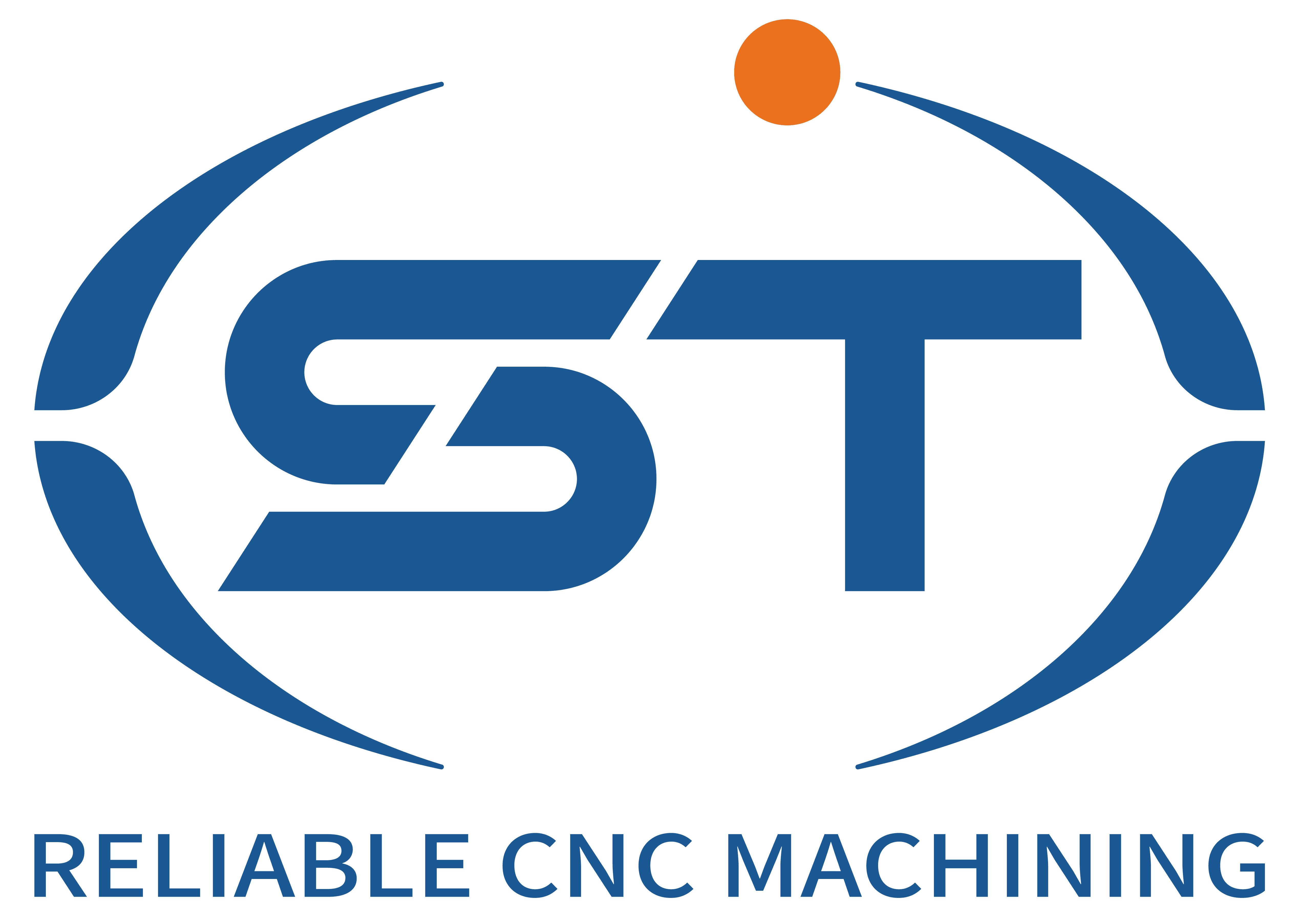Occupational Health and Safety in , ваш успех - наш приоритет. С круглосуточной командой, реагирующей 24/7, мы гарантируем ответ в течение 4 часов на любой запрос, гарантируя, что ваши проекты идут по плану. Независимо от того, нужен ли вам расчет, техническая поддержка или индивидуальные решения, наши сертифицированные по ISO эксперты предоставляют надежный комплексный сервис, адаптированный под ваши потребности. автомобильных компонентах
CNC machining is a cornerstone of automotive manufacturing, enabling precise production of components like engine blocks, transmission gears, and brake rotors. However, the high-speed operations, exposure to metal chips, and use of cutting fluids pose significant occupational health and safety risks. Workers face hazards such as respiratory issues from airborne particles, hearing loss from machine noise, and musculoskeletal injuries from repetitive tasks. Implementing robust safety protocols and ergonomic practices ensures compliance with regulations, reduces workplace incidents, and fosters a culture of well-being. Below are critical strategies for enhancing occupational health and safety in automotive CNC machining environments.
1. Engineering Controls to Minimize Exposure Risks
- Local Exhaust Ventilation (LEV) Systems: Install LEV hoods near cutting zones on CNC mills or lathes processing components like aluminum cylinder heads or steel crankshafts. These systems capture airborne metal dust and coolant mist at the source, reducing inhalation risks by up to 90% and maintaining air quality within permissible exposure limits.
- Machine Enclosures with Interlocks: Retrofit open-frame CNC machines with soundproof enclosures featuring safety interlocks that halt operations when doors are opened during tasks like drilling cast iron differential cases or turning titanium valve stems. Enclosures also contain noise and flying debris, protecting operators from direct contact with moving parts.
- Automated Chip Conveyors: Utilize self-cleaning chip conveyors to remove metal swarf from machine beds after operations like rough milling engine blocks or deep-hole drilling transmission shafts. Automated systems minimize manual handling of sharp chips, reducing cut injuries and slip hazards on the factory floor.
2. Personal Protective Equipment (PPE) Compliance
- Respiratory Protection for Fine Particles: Mandate the use of NIOSH-approved respirators, such as N95 masks or powered air-purifying respirators (PAPRs), when machining materials like composite brake pads or magnesium alloy engine covers. These PPE items filter out hazardous dust and fumes generated during grinding or dry cutting processes.
- Cut-Resistant Gloves and Sleeves: Equip workers with gloves made from Kevlar or stainless steel mesh when handling sharp-edged components like machined steel axles or aluminum wheel hubs. Cut-resistant sleeves protect forearms during manual loading/unloading tasks, preventing lacerations from metal burrs or tooling.
- Safety Glasses with Side Shields: Enforce the use of ANSI-rated safety glasses with anti-fog coatings for all CNC operators, especially during high-speed operations like milling glass-filled nylon interior parts or laser cutting stainless steel exhaust manifolds. Side shields prevent debris from entering the eyes from peripheral angles.
3. Ergonomic Workstation Design and Task Rotation
- Adjustable-Height Machine Consoles: Install CNC control panels on motorized lifts to accommodate operators of varying heights when programming or monitoring machines processing components like electric vehicle (EV) battery enclosures or fuel injector nozzles. Ergonomic positioning reduces neck and shoulder strain from prolonged reaching or stooping.
- Anti-Fatigue Mats for Standing Workstations: Place cushioned mats near CNC lathes or mills where operators stand for extended periods during tasks like turning aluminum suspension arms or drilling brake rotors. These mats absorb shock and encourage subtle foot movement, lowering the risk of lower back pain and leg fatigue.
- Job Rotation Schedules: Implement rotating shifts between high-repetition tasks, such as deburring machined gears or inspecting CFRP brake calipers, and less physically demanding activities like quality checks or machine calibration. Rotation reduces muscle overuse and mental fatigue, enhancing overall productivity and safety adherence.
4. Comprehensive Training and Hazard Communication
- Machine-Specific Safety Protocols: Conduct hands-on training sessions for operators on emergency stop procedures, lockout/tagout (LOTO) practices, and proper tool changing techniques for CNC machines processing components like turbocharger housings or differential cases. Regular refreshers ensure retention of critical safety knowledge.
- Chemical Safety for Cutting Fluids: Educate workers on the risks of skin irritation or respiratory issues from prolonged exposure to synthetic or mineral-based coolants used during machining of steel crankshafts or aluminum engine blocks. Training includes proper use of gloves, aprons, and eyewash stations for fluid spill responses.
- Noise Awareness and Hearing Conservation: Train employees to recognize early signs of hearing damage, such as tinnitus or difficulty understanding speech, in high-noise environments near gear hobbing machines or deep-hole drills. Encourage reporting of excessive noise levels and compliance with hearing protection mandates.
5. Regular Equipment Maintenance and Inspections
- Preventive Maintenance Schedules: Establish routine checks for CNC machine components like spindles, ballscrews, and guideways to detect wear or misalignment during operations like high-speed milling of cast iron cylinder liners or precision turning of titanium valve components. Well-maintained equipment reduces malfunction risks and operator exposure to sudden failures.
- Electrical Safety Audits: Perform quarterly inspections of wiring, grounding, and emergency stop circuits on CNC machines processing components like aluminum wheel hubs or steel driveshafts. Faulty electrical systems can cause shocks or fires, posing severe risks in metalworking environments.
- Fire Prevention Measures: Install automatic fire suppression systems near CNC machines using flammable coolants or generating significant heat during operations like dry milling magnesium alloy engine covers. Ensure fire extinguishers are easily accessible and workers are trained in their use for rapid response to incidents.
By prioritizing engineering controls, PPE compliance, ergonomic design, and proactive maintenance, automotive CNC machining facilities can significantly enhance occupational health and safety. These measures protect workers from immediate hazards while fostering a long-term culture of safety that benefits both employees and organizational productivity.




